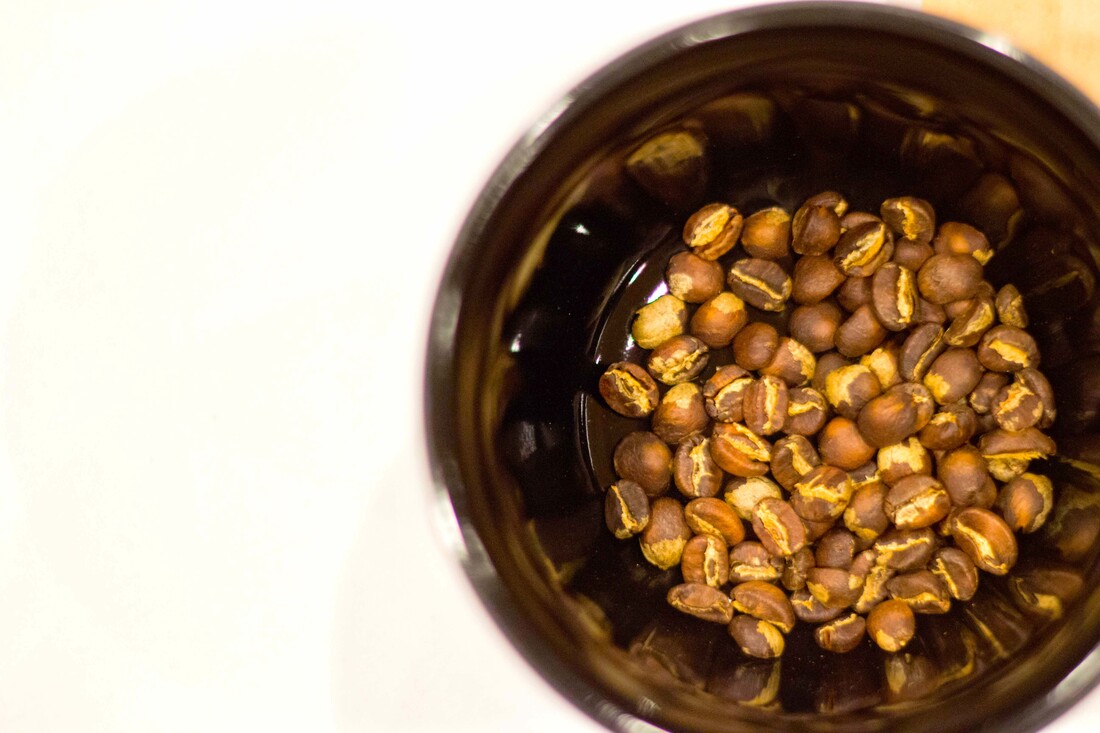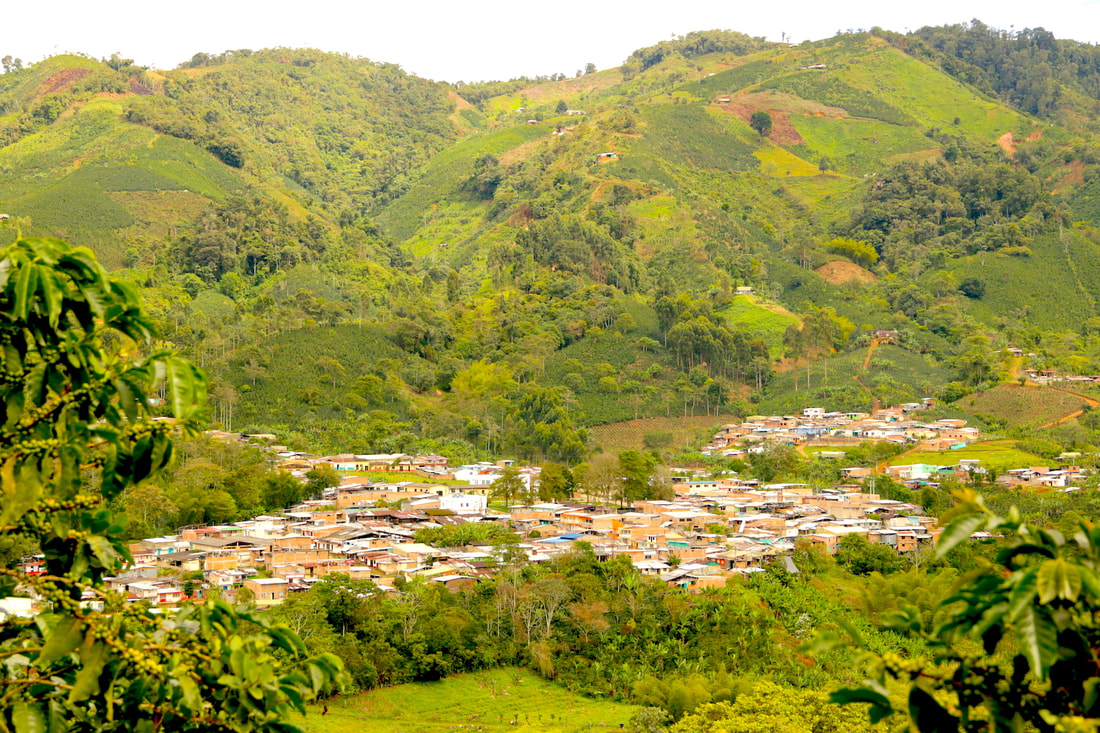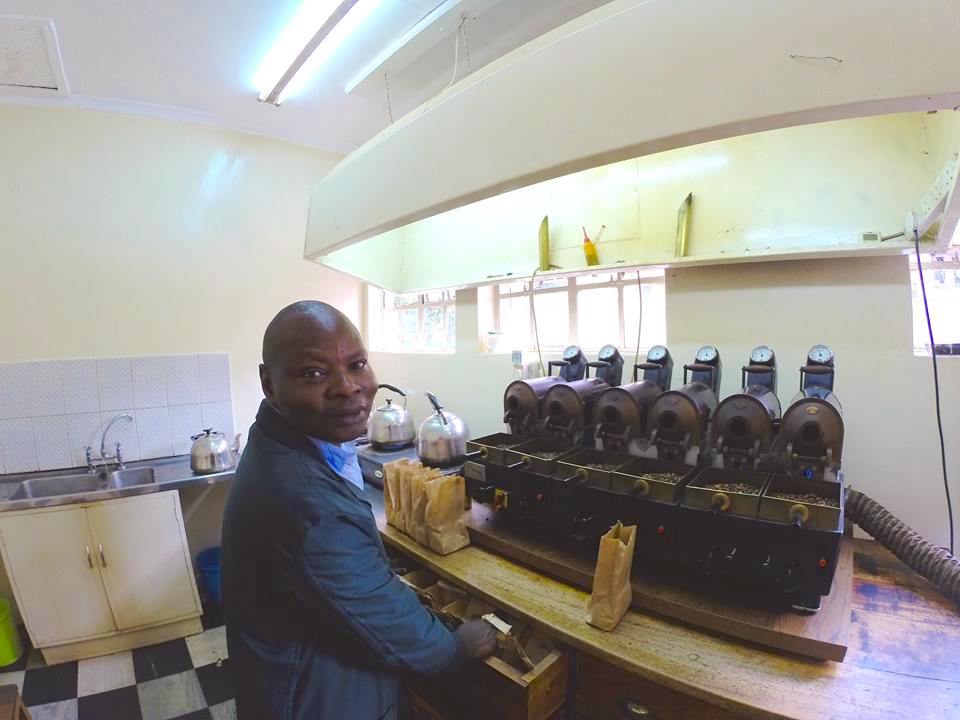What is Water Activity? The water activity describes the energy state of water in a specific coffee sample, and hence its potential to participate in biochemical reactions and growth of microorganisms (mold, bacteria, etc.). It is used to predict the stability and safety of coffee and food in general, with respect to microbial growth and rates of deteriorative reactions.
Why are these parameters important when roasting? Basically, because the beans will react in a certain way according to different levels of moisture and density (water activity is directly related to moisture, so for the sake of the roasting part of the article, we’ll just focus on moisture and density) when heat is applied. Let see it more in detail:
1.- Heat transfer more quickly through denser objects.
2.- Moisture is a great conductor of heat, as it transfers faster in water than in air, for example.
Let’s imagine that we have two 100 ml cylinders, filled up to the top with coffees that have the same moisture content, 10%. Now let’s say that one of these coffees is a low altitude washed Arabica from Brazil, and the other a high altitude washed Arabica from Ethiopia. These two coffees have exactly the same moisture content, but the densities are very different, the Ethiopian being denser, will have more water in it than the Brazil.
It is important to understands that the correlation of these two parameters (moisture and density) will tell us how to better approach roasting a coffee. Moisture content alone is useful for understanding and predicting a series of events throughout the coffee production chain, but for roasting alone, density is the first and main information you should get.
This is a complex topic that deserved a longer article, more discussions and more research no doubt.





 RSS Feed
RSS Feed